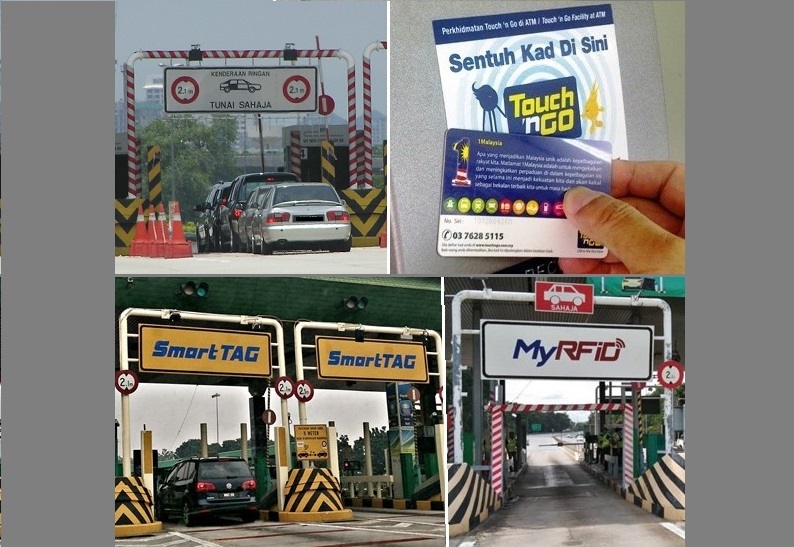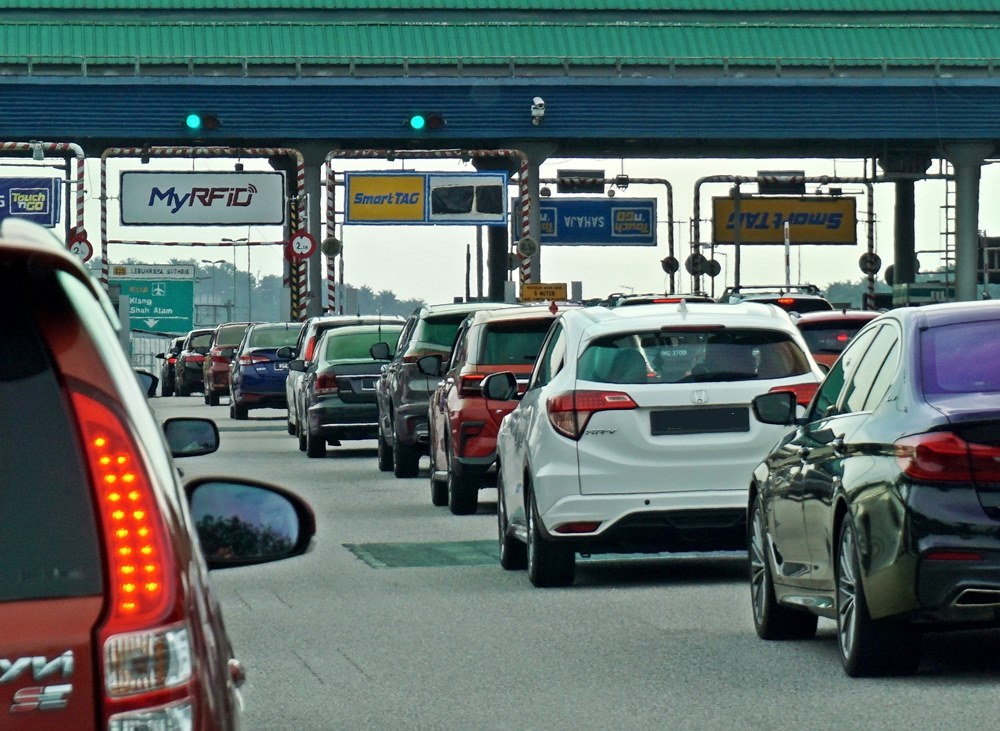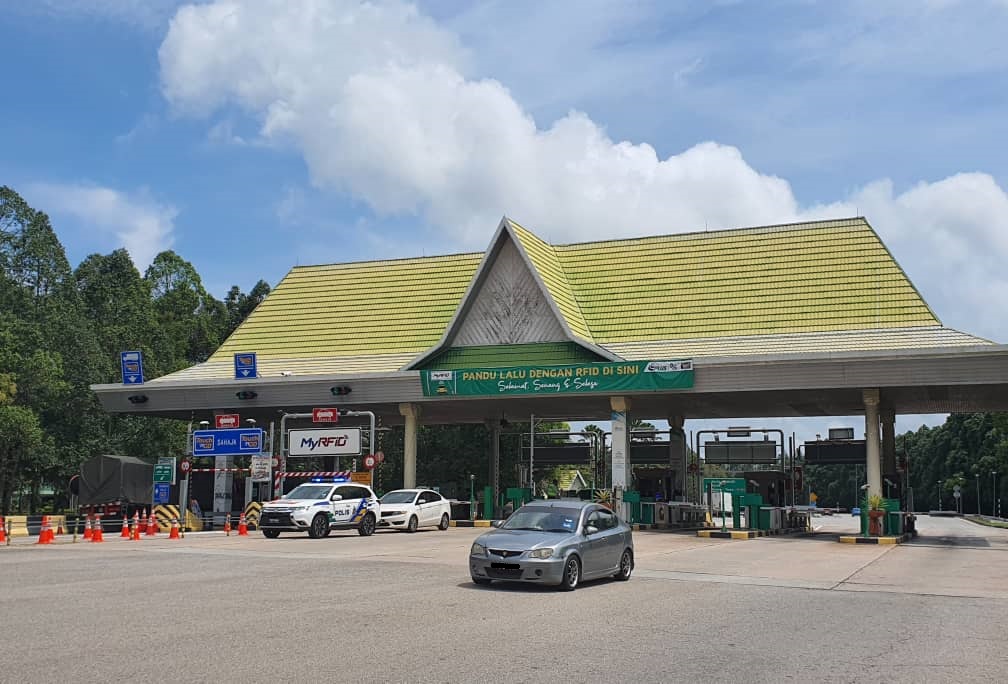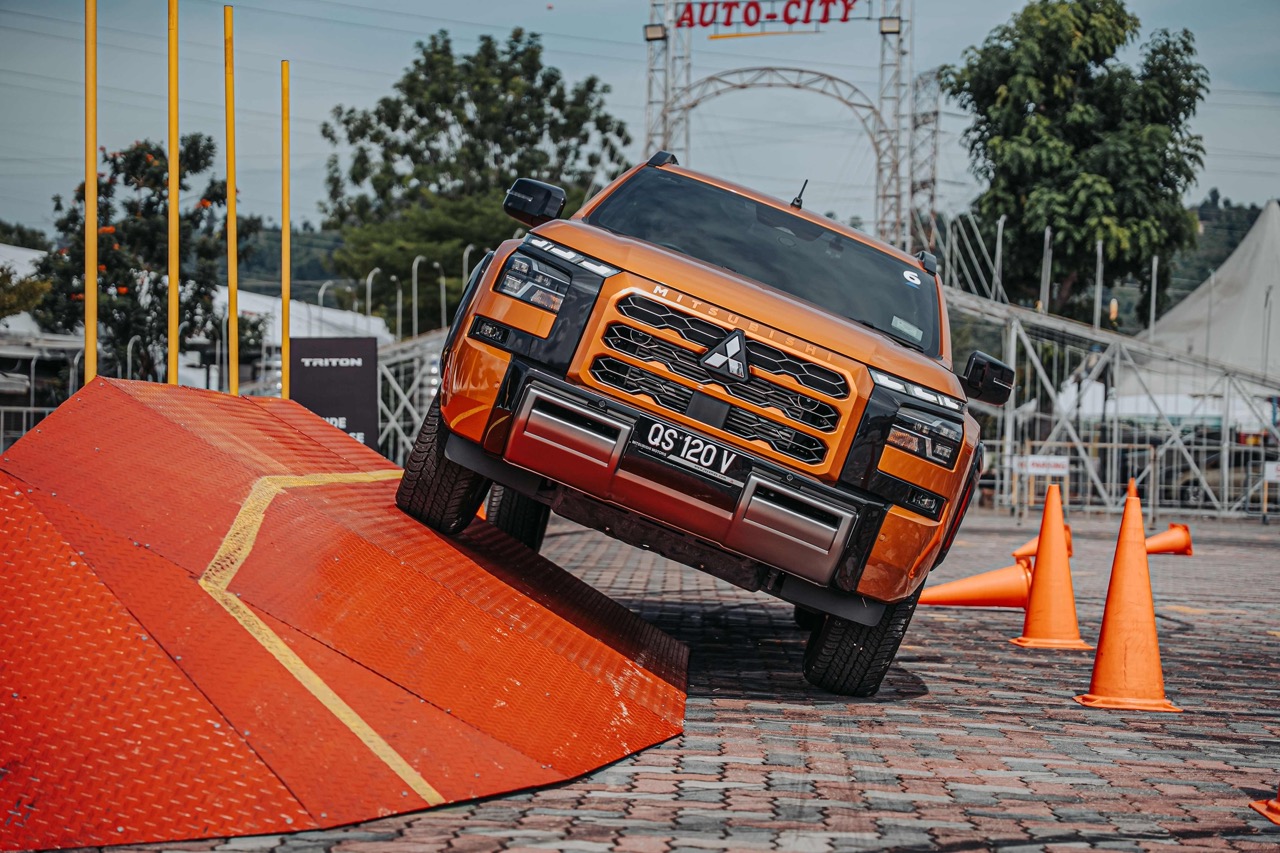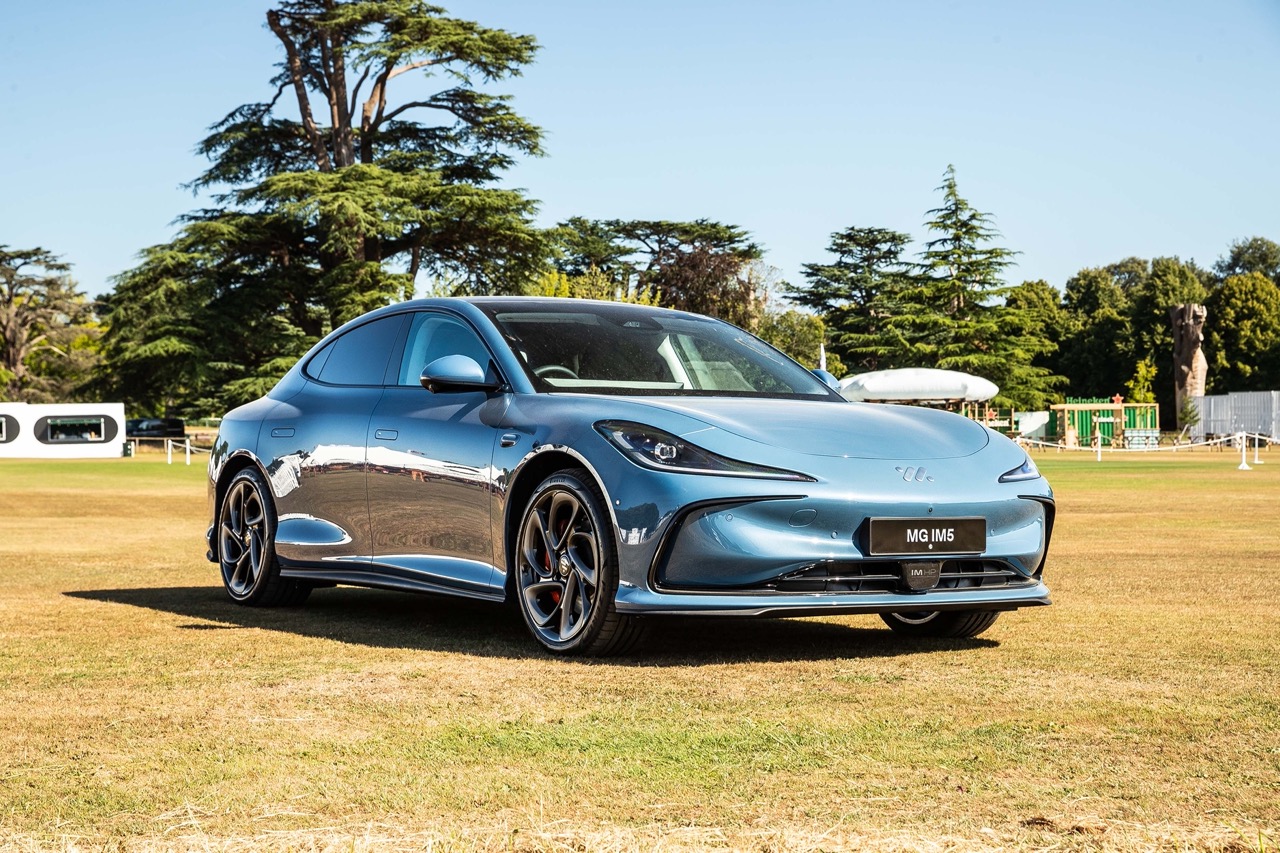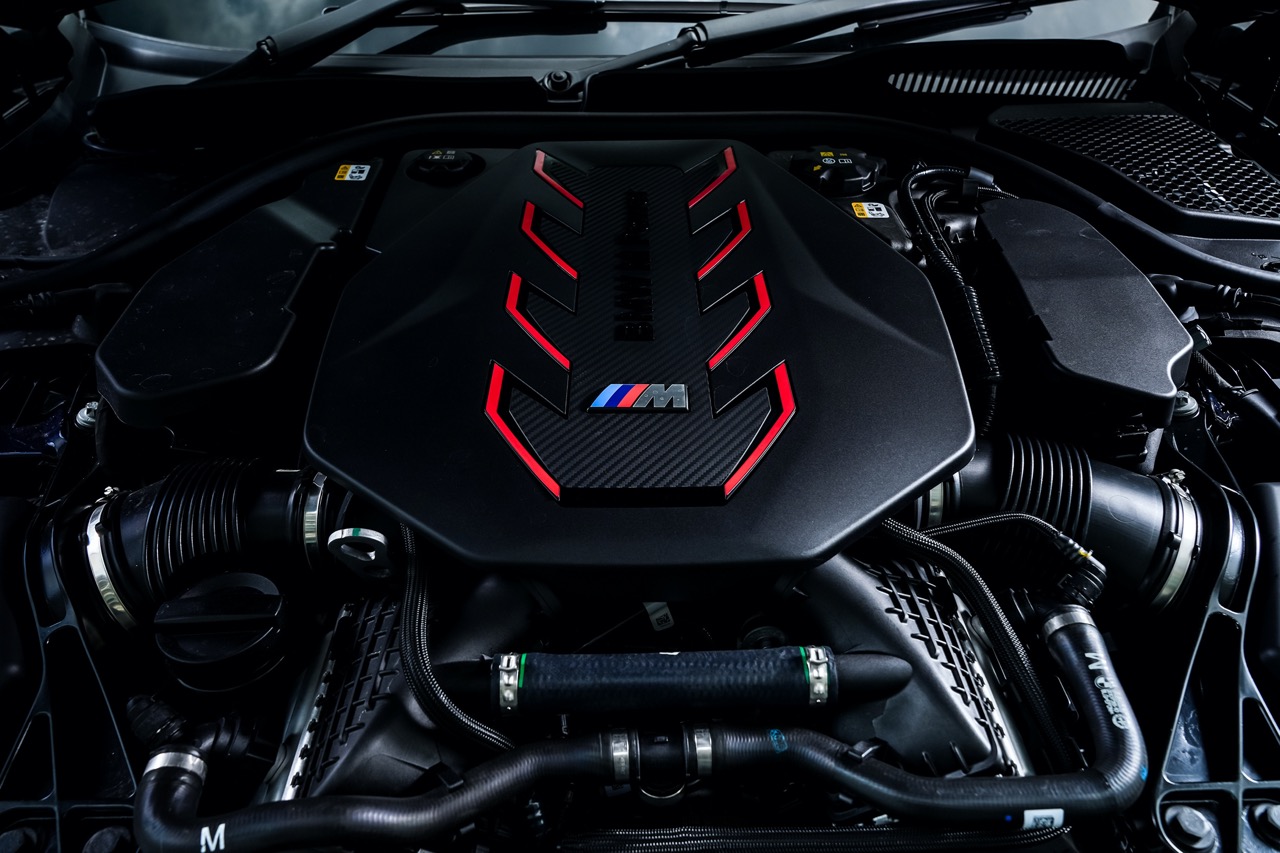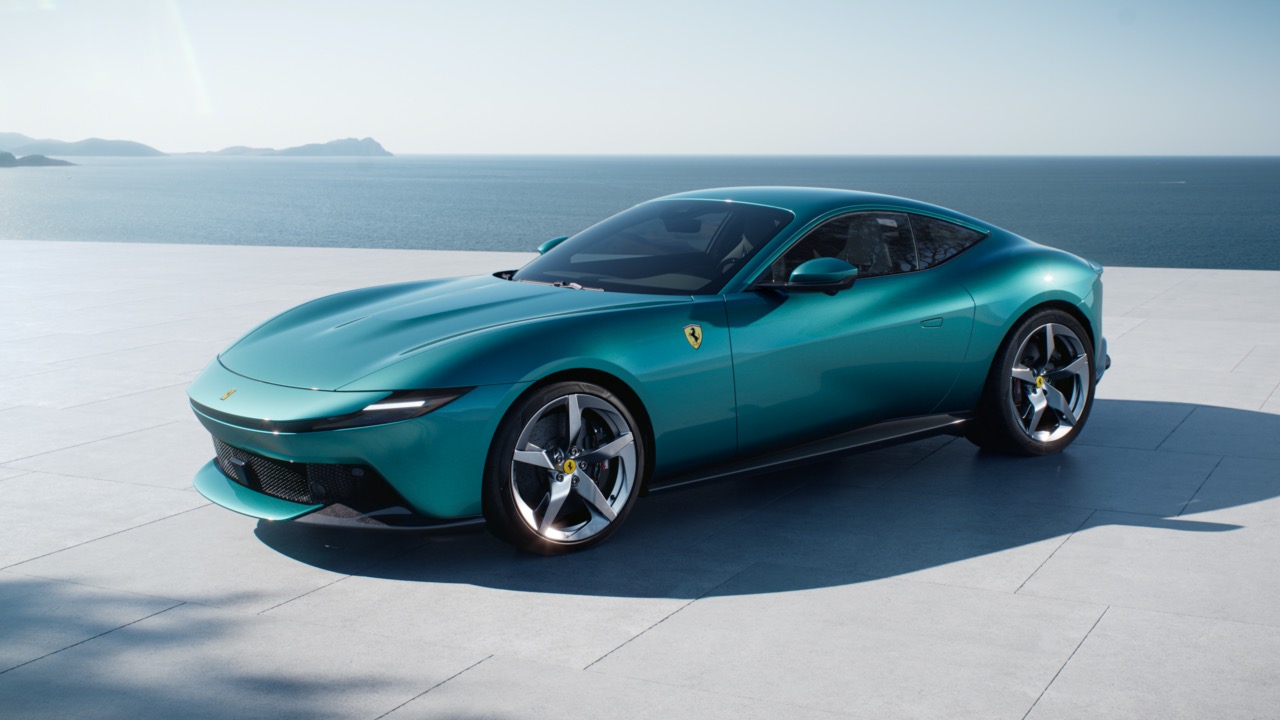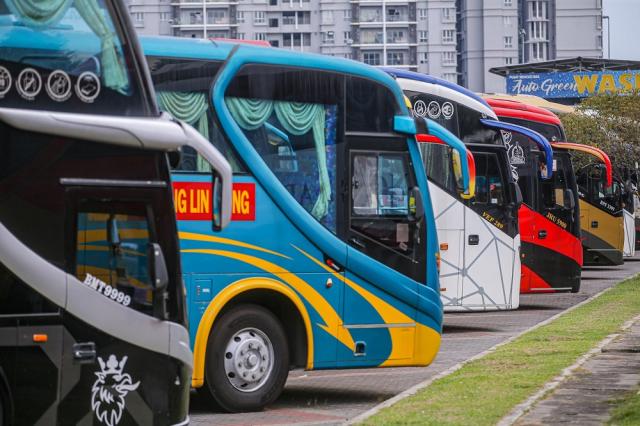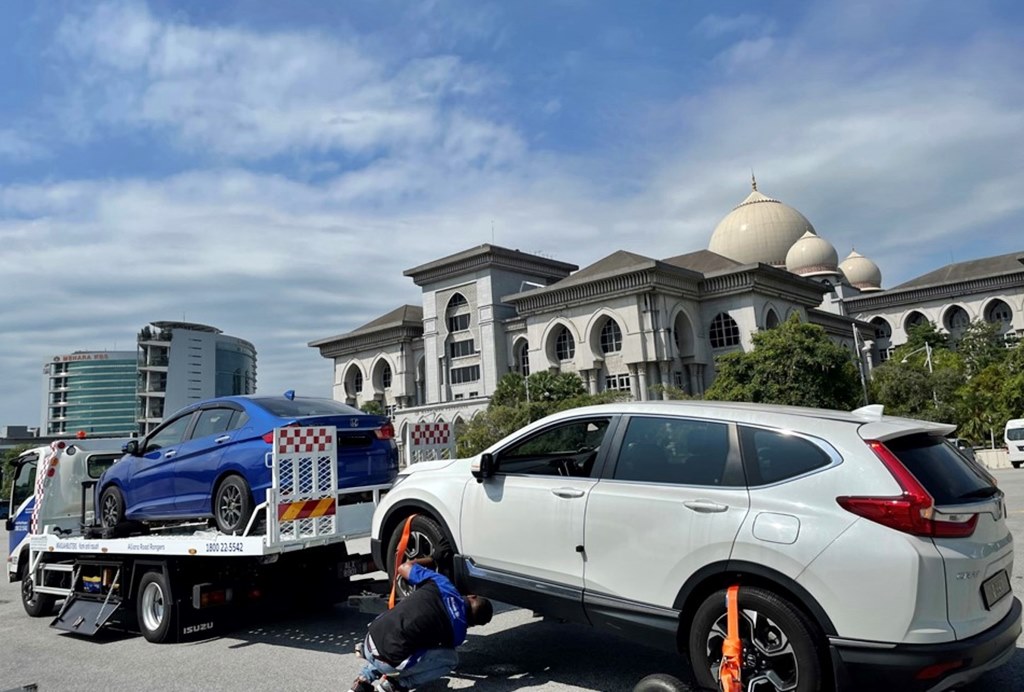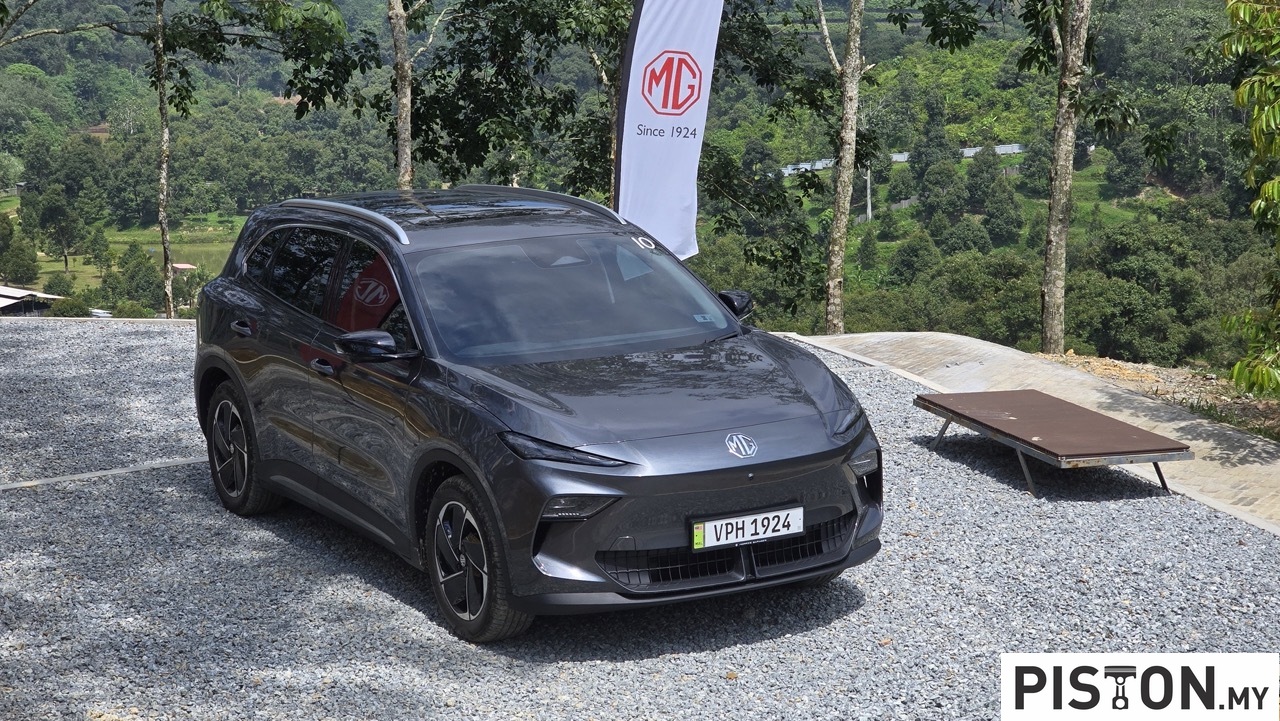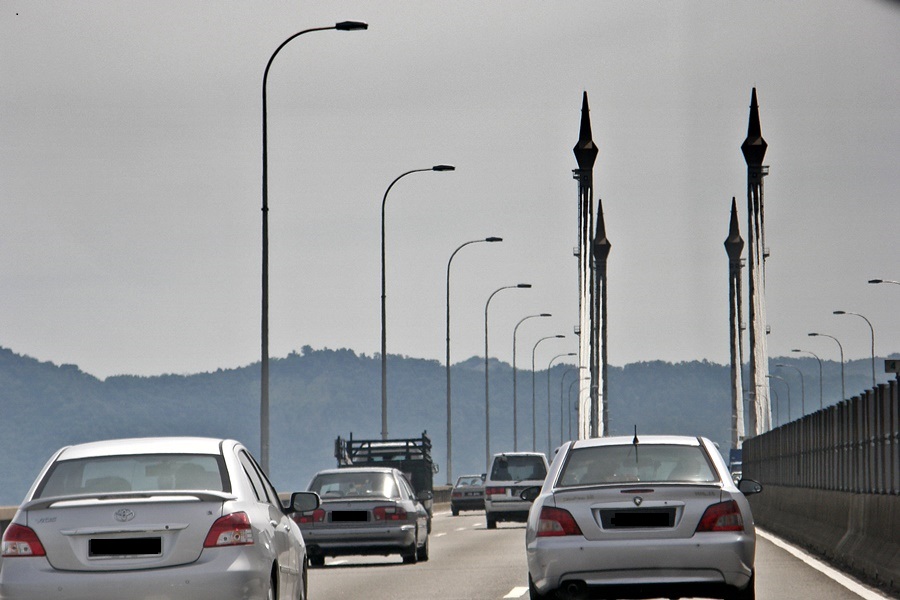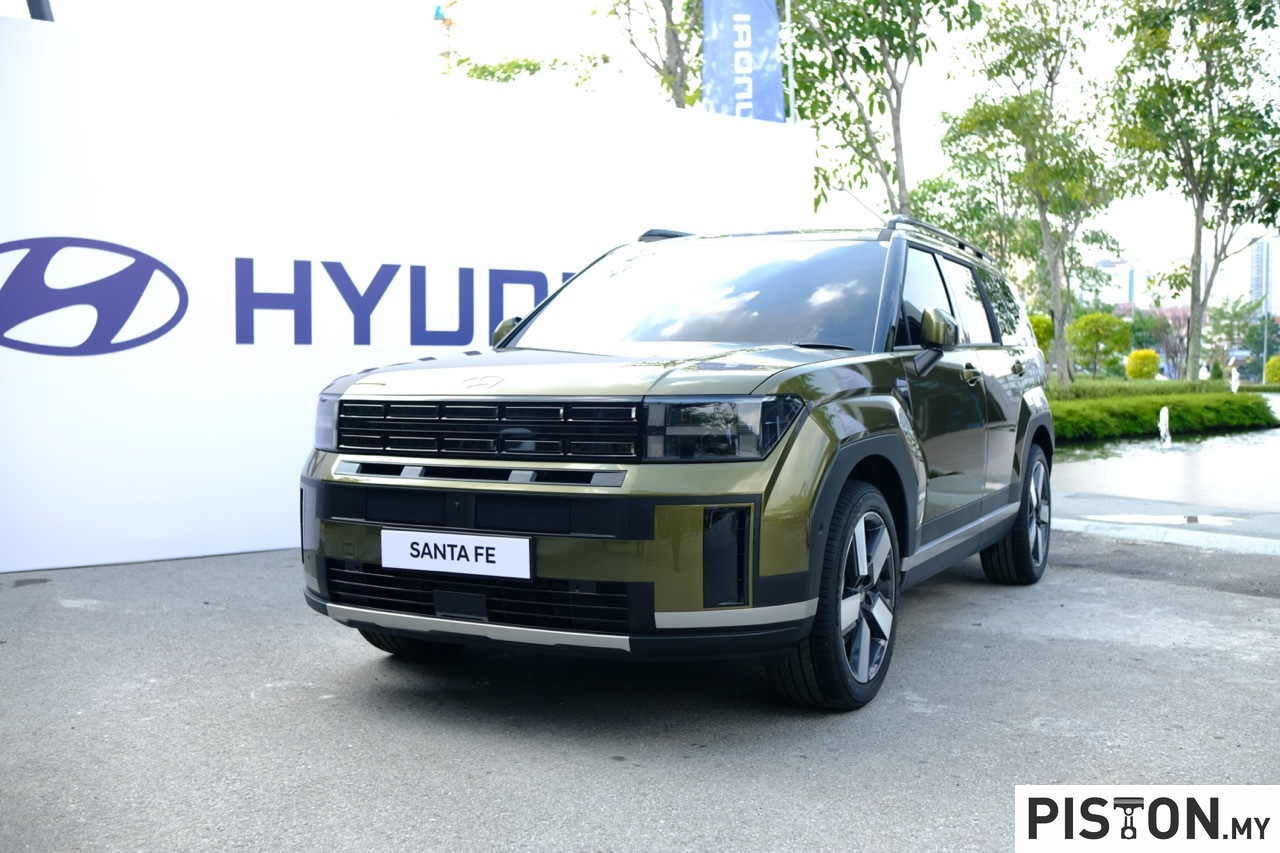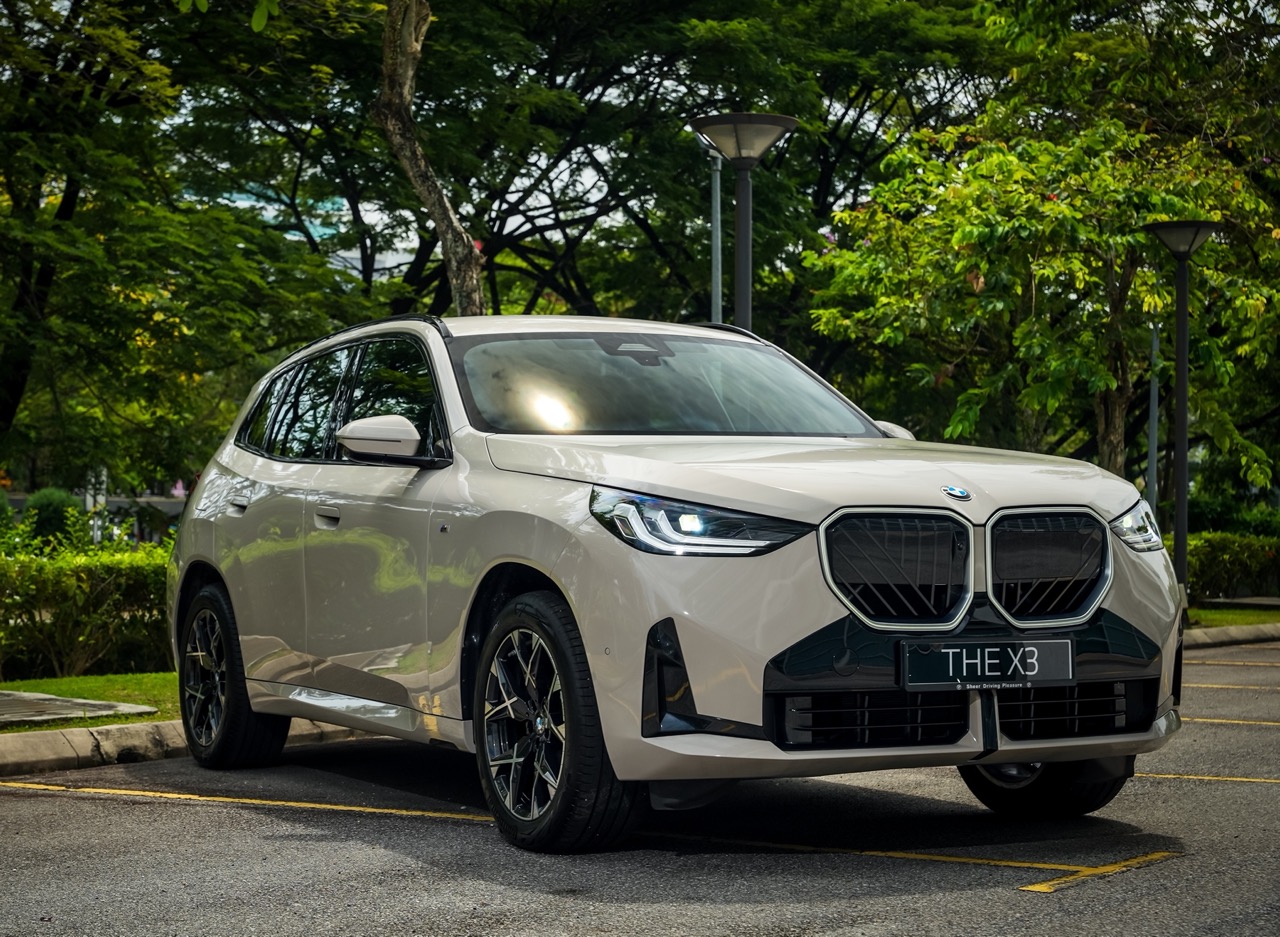The government believes that motorists using highways should have a choice of payments, rather than be forced to use only RFID (Radio Frequency IDentification). This was decided after a Cabinet meeting yesterday and was announced by the Prime Minister who was responding to the congestion that was caused when PLUS, the major toll concessionaire in Malaysia, introduced RFID for Electronic Toll Payment (ETP) on the entire length of its North-South Expressway from last Saturday.
Various factors appear to have contributed to the massive congestion, from the reduced number of lanes for other ETP methods (ie the Touch ‘n Go card being tapped on a reader and the contactless SmartTAG with the TnG card) to failure of the RFID sensors to detect the tags on the vehicles, as well as confusion due to some (or all) SmartTAG lanes being converted to RFID lanes. Improper placement of the RFID tags, which are very tiny devices, has also been identified as a possible cause for non-detection and it is possible some of the tags, priced at RM35 (although it is known that they cost less than RM1) each, may be defective.
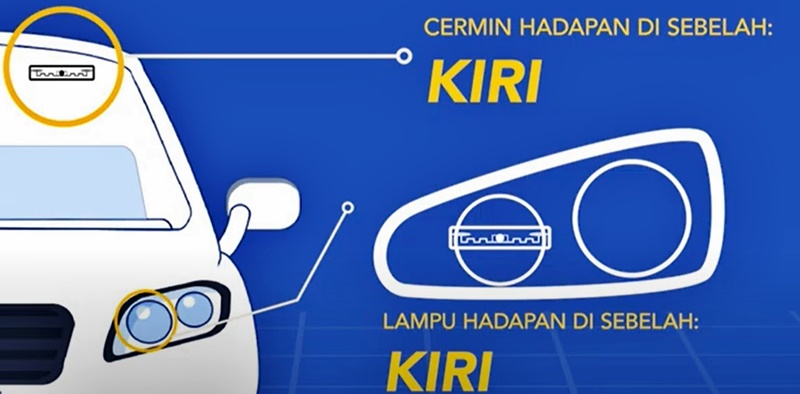
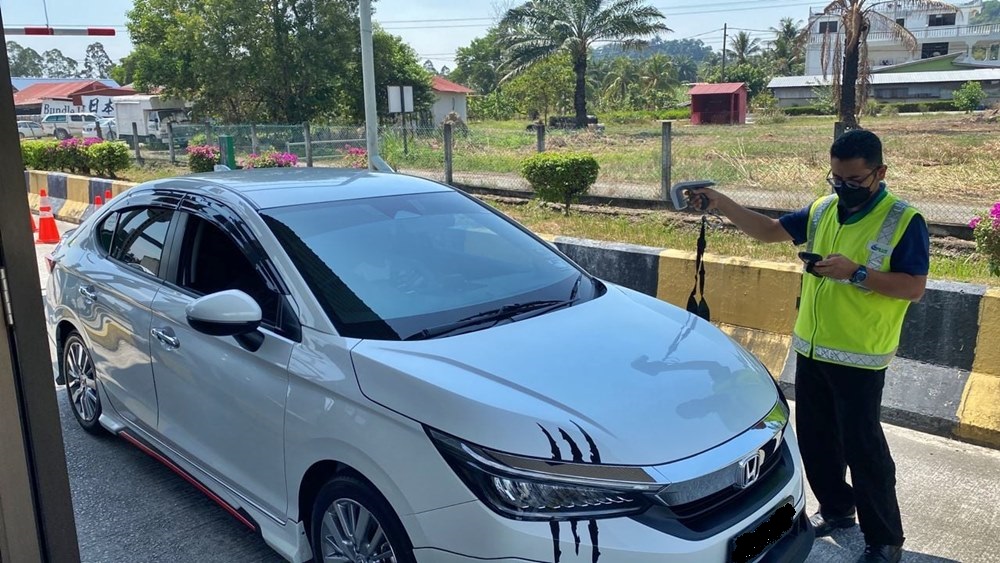
“The Cabinet, in its meeting today, is of the view that road-users must be given a choice, just like how it was practiced when Touch ‘n Go was introduced in its early years and cash payments were still allowed to continue. Users must be given the freedom whether to use RFID, Touch ‘n Go or SmartTAG,” said the Prime Minister.
He said that the toll concessionaires should not make all lanes use only the RFID method. “If there are 10 lanes, maybe several lanes for RFID and the rest should be for TnG and SmartTAG. We don’t want to pressure motorists,” he said, adding that any matter regarding toll payments by Malaysians will need to be referred to the Cabinet.
Like the SmartTAG, the RFID method also allows contactless ETP but uses the radio frequency for its signal instead of infrared (IR) that is used by the SmartTAG (which requires a TnG card to be present in the unit). PLUS claims that RFID offers quicker processing (but the vehicle must not travel faster than 30 km/h through the lane) without the vehicle having to stop for detection. However, the IR system does not require motorists to stop either, as millions of motorists will know. In places like Germany which use the IR system, vehicles can pass under the sensors (no toll plazas needed) at up to 100 km/h because they do not have to stop for the barrier to open.
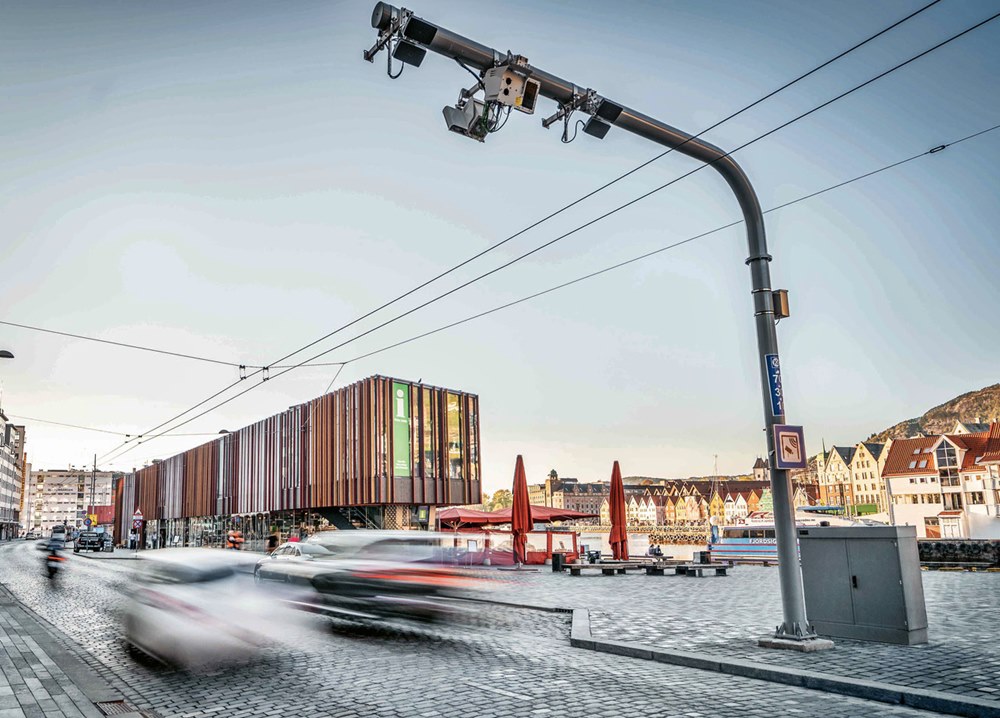
“In Germany, the Nationwide Truck Tolling System installed on all highways in a Multi-Lane Free Flow (MLFF) configuration has proven to be highly effective, catering to more than two million trucks travelling at up to 100 km/h. It uses a similar IR technology like in Malaysia to validate payment. We have also successfully replicated this test in Malaysia. Our SmartTAG compatible units comply with DSRC (Dedicated Short-Range Communication) standards and are ECE R10 certified. They operate in the 400THz band and are therefore able to transfer data 10,000 times faster than RFID. Being battery-powered, every unit is active with a wake-up time of just two milliseconds compared to the passive RFID’s 45 milliseconds,” said EFKON Asia, the Austrian technology provider that developed the IR-based toll collection system used on Malaysian highways.
Related article: From Touch ‘N Go To SmartTAG To RFID – Is It Necessary?
According to PLUS, a SmartTAG lane can allow up to 1,000 vehicles through in an hour (550 with manual tapping). With RFID, PLUS claims that the processing rate can be faster and they state a speed of about 1,200 vehicles an hour. But that claimed quicker rate of processing is nullified since in both methods, vehicles still have to wait for the barrier to rise. Unless there is some innovation that can make the barrier rise faster in the RFID lane than in the SmartTAG lane, the pass-through rate will be the same.
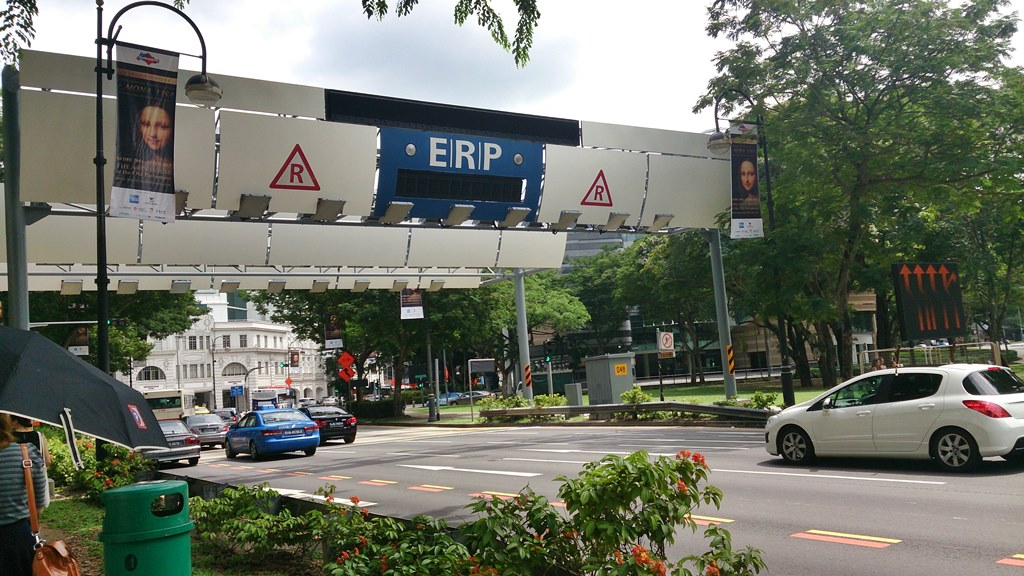
Why does there need to be a barrier when, in other countries, they have already done away with the barrier? In Singapore, for example, their toll collection for the road pricing system (ERP) around the Central Business District is done without barriers and vehicles just drive under gantries and their payment is electronically collected. While the system used is a different type (wireless shortwave), the point is that they do not need barriers which slow down traffic flow. According to PLUS, they still need to have a barrier as there is no legal framework yet to protect their interests.
PLUS is promoting RFID as the first step towards the Multi Lane Free Flow (MLFF) system in future which will have no barriers and therefore eliminate congestion in places where toll has to be collected. However, there is no clear evidence that continued use of the SmartTAG method cannot also achieve MLFF. RFID requires further new investments – not to mention motorists having to spend again to install a new ETP system – whereas the IR system is already in place and runs reasonably reliably.
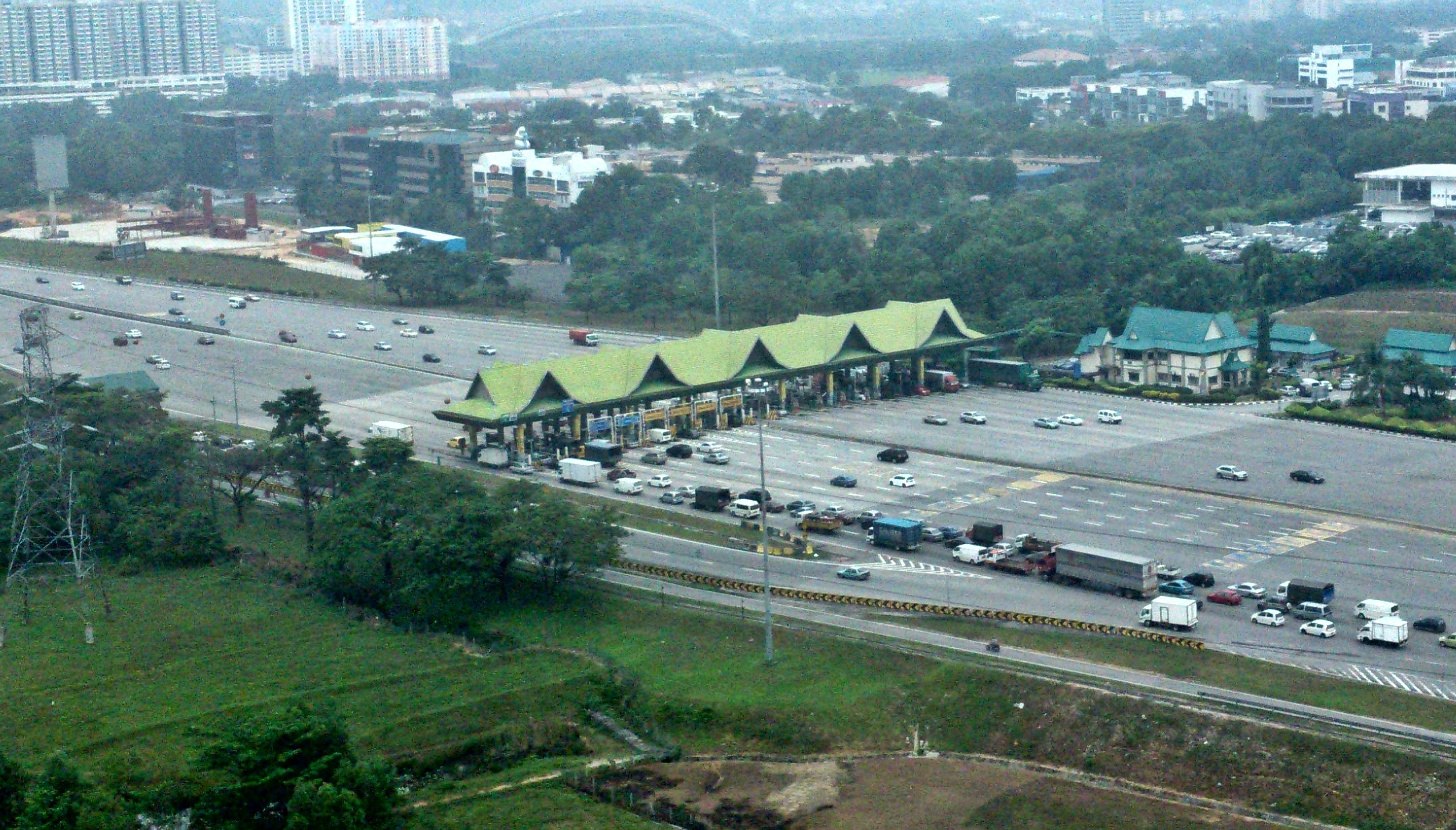
But whether removal of a barrier and even the whole toll plaza will allow traffic to flow more smoothly and remove congestion is uncertain if you look at one example where it has happened. This is the toll plaza near Subang Jaya in Selangor which was set up in the 1990s and then removed some years ago, just before a General Election. It seems that even with no toll collection being done, there is still congestion on that stretch so it is no different from before. In fact, some feel that when there was a toll plaza, at least the traffic flow was regulated and was slightly better on the other side of the toll plaza.
In a consumer society, choices and freedom of choices are important elements. Consumers will choose what they believe to be the best for their needs and in the case of ETP, there will be some who may even prefer cash payment. These could be people living in rural areas who travel on highways infrequently and who do not want their money stuck in some e-wallet, or spend money buying a SmartTAG that they will use only once a month. Many may like the TnG card since it can not only be used for ETP but also for parking and even travel on public transport. The RFID system may have a few advantages but for now, it seems that all it can be used for is ETP, which makes it poor value for money.







